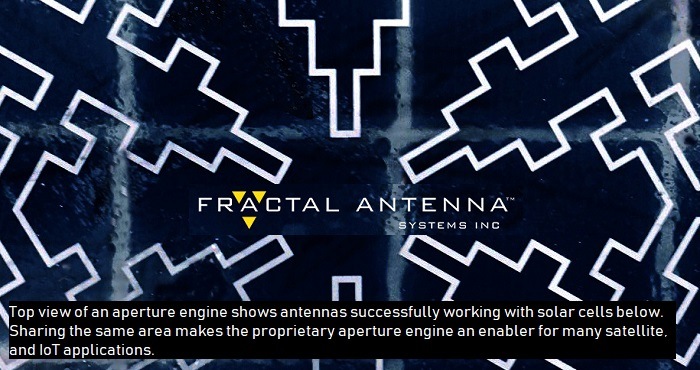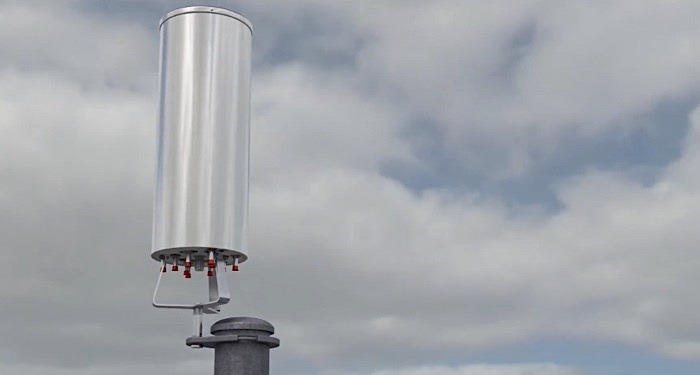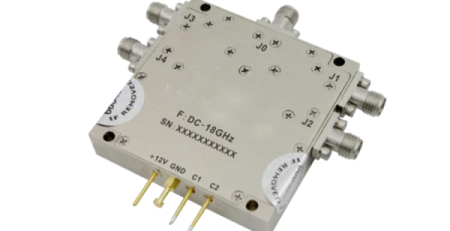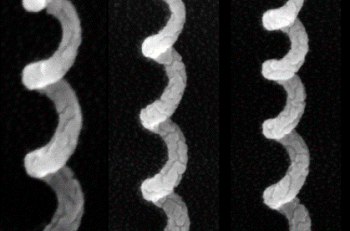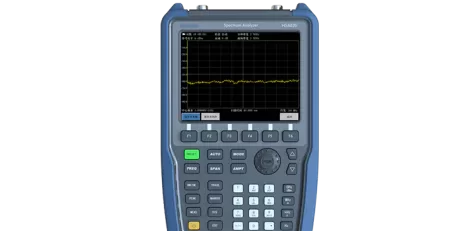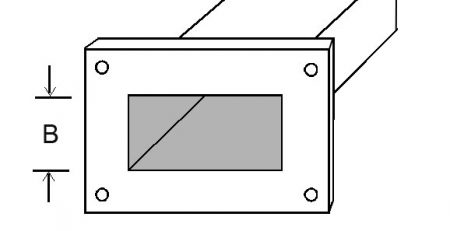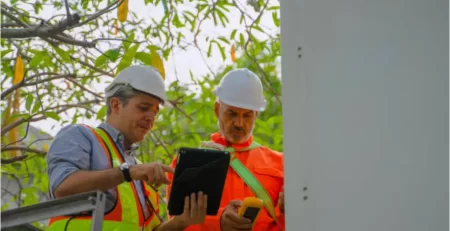Next Generation Satellite Antenna Technology Improves Performance
Fractal Antenna Systems has received a patent for satellite communications (SATCOM) through which the same area can be used to collect and convert power, and then receive/transmit radio waves. The US Patent office has granted patent 10,483,649 titled “aperture engines”.
According to Fractal’s CEO and Inventor Nathan Cohen, before aperture engines, antennas/arrays and power sources were considered separate, a luxury not easily afforded. Satellites are an excellent example where real estate is so limited it needs to be shared. Moving forward, a satellite’s surface area can be used simultaneously for both power generation and RF power transmission/reception as an aperture engine.
Stacking antennas, especially arrays, on solar cells was previously impractical. Antenna elements and the feed system can severely shadow solar cells, cutting down the amount of light they end up receiving. Meanwhile, electrical interactions made acceptable antenna performance difficult. First conceived by Cohen in 1998, it took fractal antenna elements and resonators to make aperture engines advantageous.
Fractal antennas are significantly smaller and more wide/multi-band than traditional antenna elements. Additionally, no separate antennas are needed to cover a wide wireless bandwidth. These advantages give minimal shadowing and greater light transfer to the solar cells. Finally, the firm’s proprietary development of transparent antenna/resonator elements produced aperture engines with even higher efficiencies.
The critical advantage of aperture engines is a significant increase in power conveyed for the total area. For example, an area divided between antennas and solar cells sees only about 50% of the incoming solar radiation. With an aperture engine, the stacking of the antenna on the solar cells means the full area is available and over 90% of the solar radiation of the area is usable for power. That advantage makes aperture engines a near necessity in many future satellite systems. Additional benefits abound for the antenna as well, with the previously dedicated solar cell area now doubling as an aperture/reflector for antenna elements, increasing gain, yielding higher orders of MIMO, and/or allowing greater beam steering resolution.
Fractal is no stranger to SATCOM antennas. For 15 years, the firm has developed earth-based satcom antennas that are smaller and lower profile with better side-lobe response than traditional designs. A trusted provider of aerospace antennas, the firm also designs on-satellite antennas for a myriad of applications.
Aperture engines are also an energy efficient enabler for earth-based Internet of Things (IoT) devices. These need to be self-powered, communicate remotely, and have tough size constraints. Fractal discloses it has IoT customers and a portfolio of IP for IoT which includes this new patent issuance. According to Cohen, IoT aperture engine and fractal technology will be widely implemented. It will be seen as wireless mesh networks attached to motors, pipelines, heating/cooling systems, generators, and many other infrastructure systems. Aperture engines, with IoT, will realize the long sought self-powered, globally capable wireless sensor.
through which the same area can be used to collect and convert power, and then receive/transmit radio waves.


